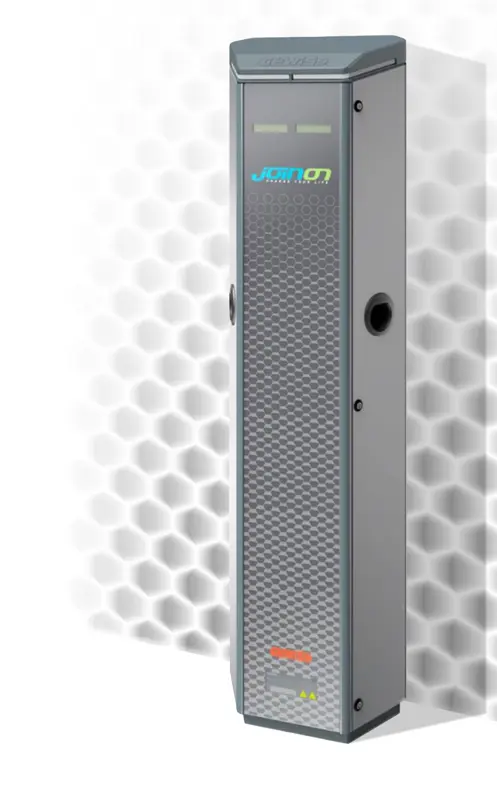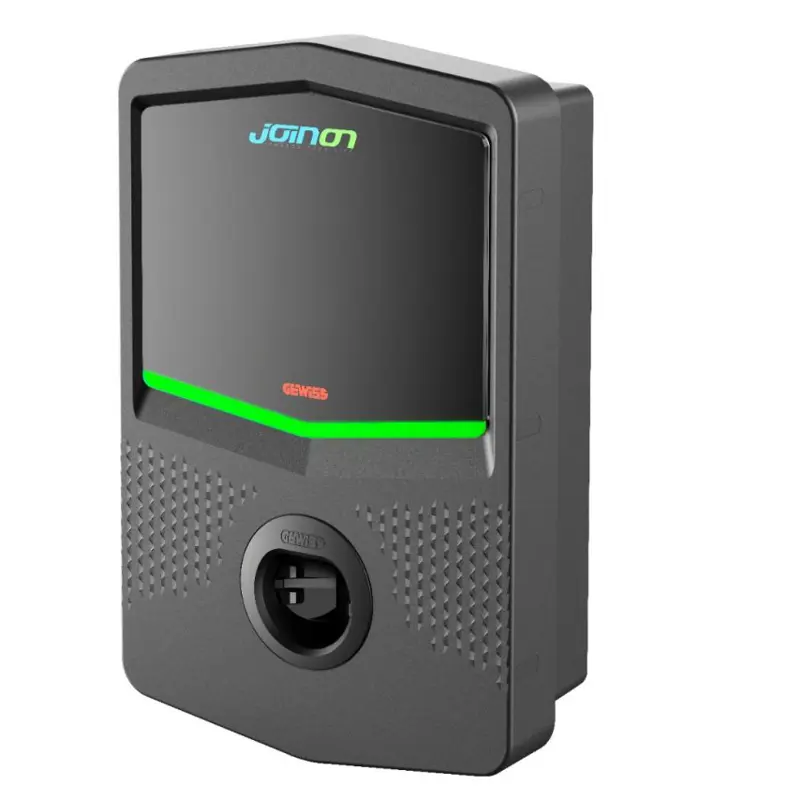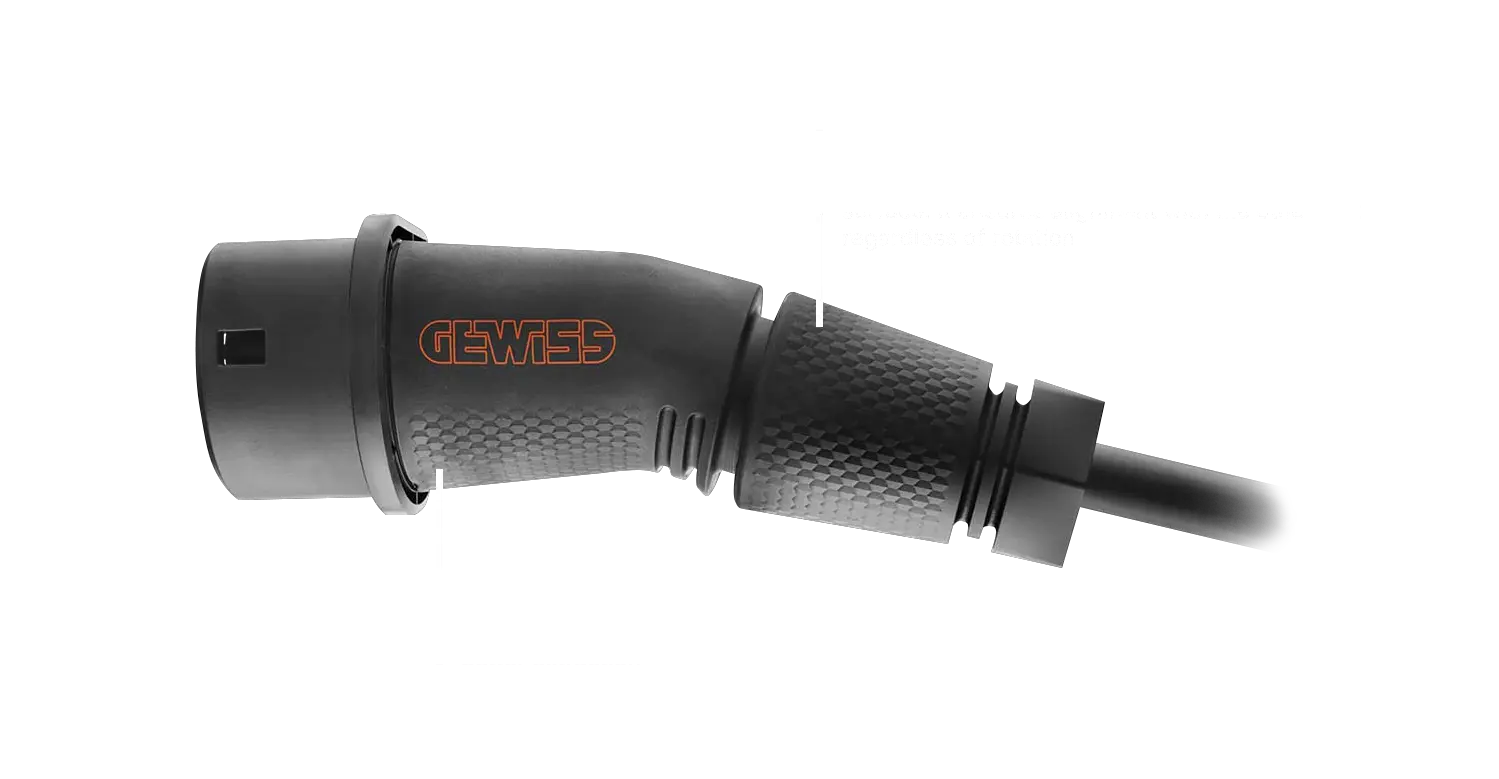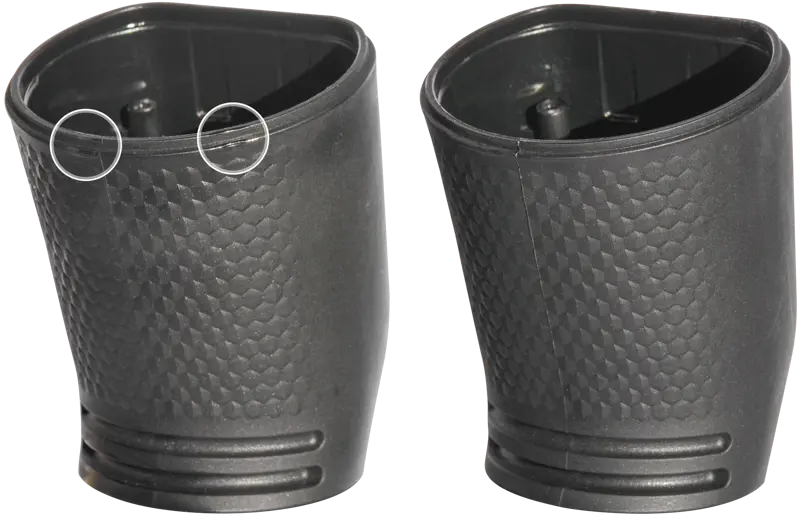
- defining the product identity and maintaining the family feeling across all the I-CON components
- designing the moulds according to the 3D textures, leaving enough margin around the edges
- making pieces easy to extract and avoiding defects during moulding
The I-CON texture is the work of the architect Villa of Paolo Villa Design, who also created some 2D graphics applied to the methacrylate sheet used for the I-ON column. The architect reimagined the hexagon, a geometric element associated with the world of electric mobility, enriching it by playing with progressively filling its negative space.
This dynamic, modern concept was our starting point, iterated through successive variations suitable to the form and use of each I-CON component.
The specifications for the Wallbox required both engraving the 3D geometric texture in designated parts of the moulds and giving the entire mask a matte satin finish. During the feasibility assessment, we evaluated the material and its properties to obtain the best possible result on the moulded pieces.
In fact, Wallbox is made of thermoplastic-injected glass and certified by the "Plastica Seconda Vita" label, which defines products created by recycling discarded plastic recovered from recycling and industrial waste. The use of regenerated plastic makes the product more sustainable, but also - unavoidably - more delicate, glossier and more difficult to mould.

The connector brief gave us precise technical and aesthetic instructions. We proposed a variant of the original texture, scaled and re-imagined to be slip-resistant, directional, and ergonomic, so as to:
- to ensure ease of handling while holding it
- to improve adhesion to the rubber part during the two-component moulding
With our DRE® Render, Gewiss could preview the product "wearing" the texture, achieving a perfect balance between:
The texture becomes symmetrical and it reproduces
the interplay of structure/negative space of the 2D.
We faded the pattern near the edges to avoid
undercuts and mitigate the draft.
We oriented the finish to allow a non-slip
and comfortable grip suitable for frequent use.

For this component we resolved important critical issues with a careful texture design and our patented AIR-OFF® protocol.
To begin with, we redesigned the finish without an orientation to overcome the possible misalignment of the texture between the body and the ring. A stylish detail, which maintains the family feeling with the rest of the components.
Undercuts are a primary area of concern with engraved moulds because they can compromise extraction of the finished piece.
With a clever design we have prevented the problem, tapering the depth of the texture in the cavity. As you can see, the texture of the fixed part fades out on the edges until it disappears. This also adds a powerful aesthetic touch.

The first samples of the I-CORD nozzle showed stains and areas with missed fills, due to the gases' inability to vent, resulting in an uneven distribution of the material. Open-mould tests confirmed this theory: the defects were gone. On the other hand, the unclosed mould created burrs.

As a result, we proposed engraving with our patented AIR-OFF®, a protocol that enables gas venting without affecting the surface texture. The laser engraving with AIR-OFF® resolved the moulding defects and even allowed us to expand the moulding parameters.
<<From suppliers of our mould department, you've become full-fledged R&D partners and we'll always involve you from the start of a project>>
Words of esteem, expressing confidence in our services, our team and our approach. Balancing the aesthetic and technical demands allowed us to satisfy Gewiss's needs, suggesting the most suitable solutions for each individual component.
We thank Gewiss for allowing us to tell the story of this project, proof that coordinated effort brings incredible — even iconic — results.

